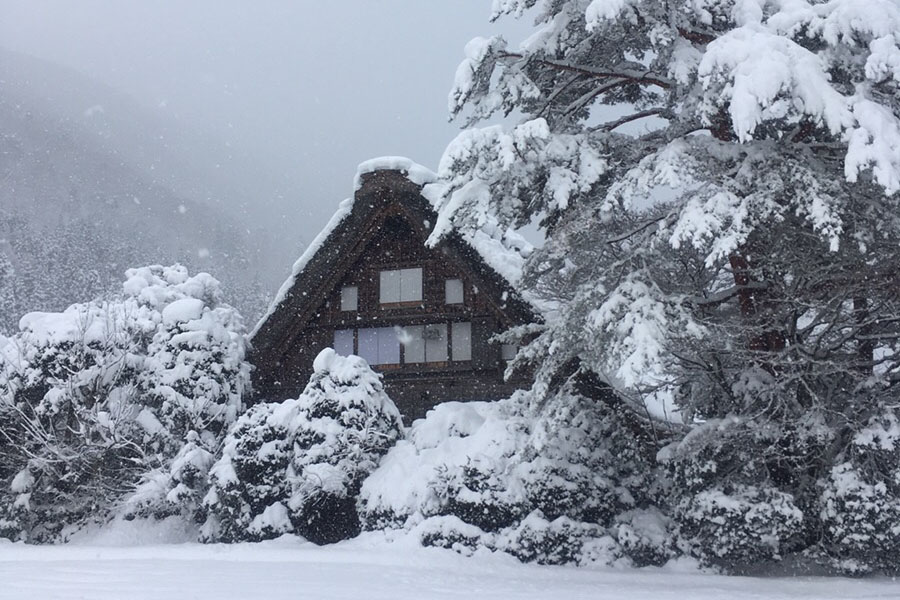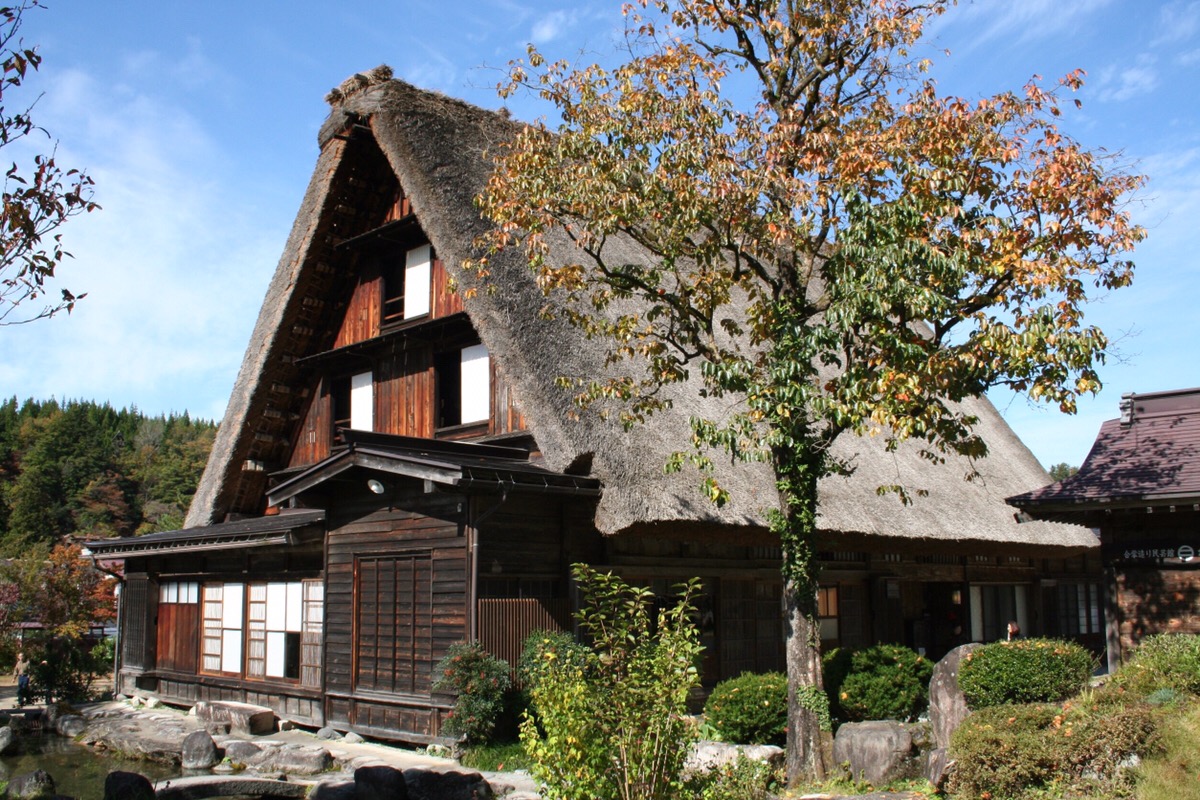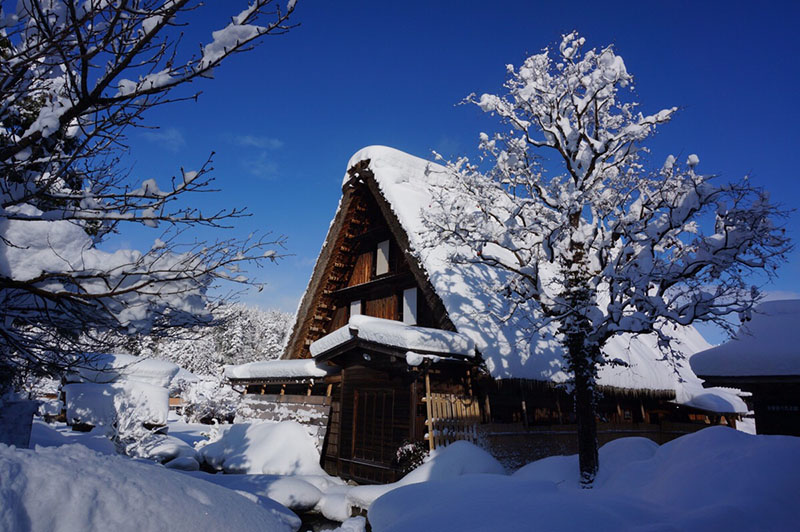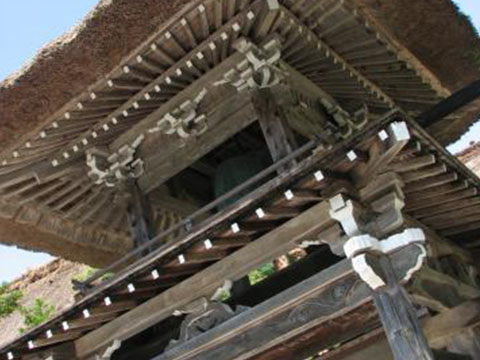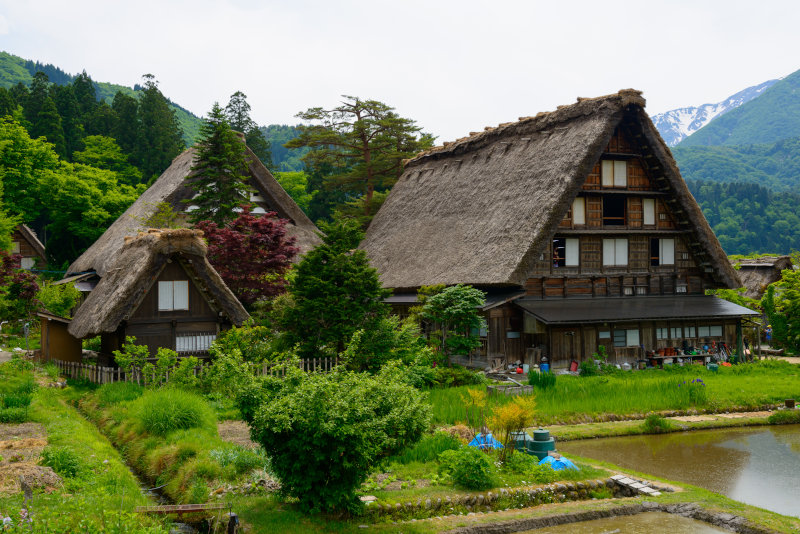Shirakawago Tourist information
The Wada Family
The Wada family starts their story around 1573. During the Edo period they served such jobs as inspection agents of goods, and village headman, they climbed the ranks and were granted the right to bear a surname and wear a sword. They also succeeded in trading nitrate, which is an ingredient used in fireworks. There are various theories about when the mansion of the Wada family was constructed, though the Agency of Cultural Affairs believe it to be the end of the Edo period. It is said that there were more than 20 people living in the same mansion at one time. This was due to limitations of flat land in the area, and prevented the family to branch out, making them one big family living in one location. The Wada mansion was very large for its time, and in 1995 the property was listed as a important cultural property of Japan.
The Kanda Family
The Kanda Family’s roots go back to the moment when the second son of the Wada family branched off and settled on new soil. The Gasho-Dukuri* was built after the Edo period by a Carpenter who specialized in temples, and was brought all the way from Ishikawa Prefecture. It is said that the construction took 10 years to complete.
*Gasho-Dukuri: Traditional Japanese architecture with steep thatched roof.
Gasho-Dukuri of the Nagase Family
The largest Gasho-Dukuri in Shirakawago towers high over our head at five stories. It was completed in 1890 and was built by Taminosuke the 5th successor of the Nagase Family. There is an 11 meter post passing through from the roof to the ground, and this is the secret that enabled them to construct the large roof.
The stud is carved from a 150 year old natural white cedar, and even 300 year old cinnamomum cassia, horse chestnut, and Japanese Zelkova is used to complete the structure.
It is said it took 3 years to complete the construction, with the total cost of ¥800, other expenses included 100 straw bags of rice, and gallons of Sake.
The total floor area is roughly 2000 square meters.
The first floor was the main living room.
The second floor was the bedroom for the servants.
The third and fourth floor was used as a silkworm workshop.
The 5th floor was used as a drying ground for medicinal plants.
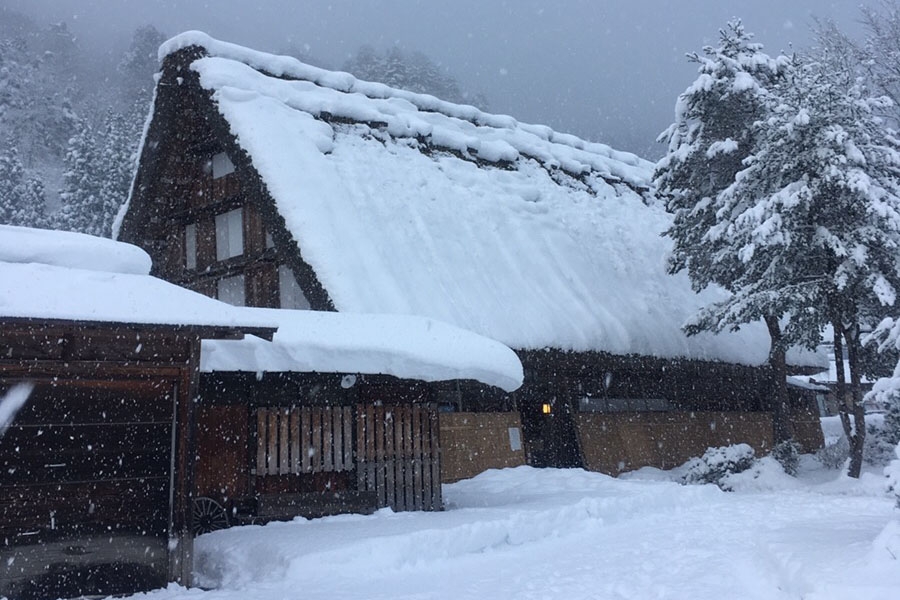

Enjoy the scenery that Shirakawago offers, and experience the history of the Kondo-Shoten.
We offer take-aways for our special Hida beef crocket (fried mashed potatoes) and ice cream.
Why not enjoy a walk with both in hand.





